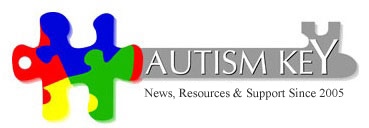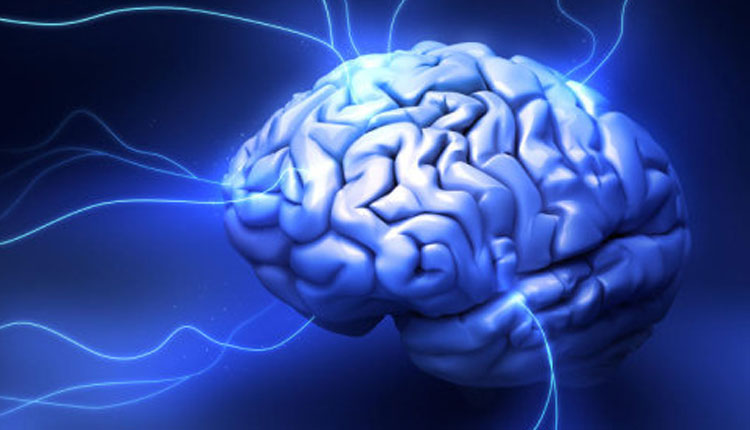Epilepsy: What You Need To Know
Below is an article contribution by Laura Chiltern, a mother of two boys, one of whom was recently diagnosed with epilepsy. Laura’s family experienced some very frightening times leading up to her son’s diagnosis, causing her family a great deal of stress and anguish. She wrote the piece below for Autism Key so other parents can be informed about the condition.
There has always been a strong association between autism and epilepsy. In fact, it’s estimated that 25% of those diagnosed with an autism spectrum disorder will suffer at least one seizure before the onset of puberty. In addition, according to the medical article entitled “Autism and epilepsy: Cause, consequence, comorbidity, or coincidence,” epilepsy will be prevalent in 10%-30% of those who have been diagnosed with autism. Please read below to stay informed and thanks again to Laura for the information.
Epilepsy: What You Need To Know
by Laura Chiltern
Epilepsy is a chronic neurological syndrome caused by abnormal or excessive brain activity, that results in seizures. Around 50 million are affected by epilepsy worldwide, and the condition is more likely to develop in infants, older people, and people who have sustained brain injury or undergone brain surgery. While seizures are the main symptom of epilepsy, a person can have seizures without having epilepsy. For epilepsy to be the cause, the person must have a specific kind of brain activity, called hypersynchronous neuronal activity, during a seizure.
Seizures happen spontaneously, but some kinds of epilepsy do have triggers. For example, lack of sleep, emotional stress, and heat stress can trigger certain kinds of epilepsy. In infants, triggers can include metabolic disorders, while in older children and adults, lesions of the central nervous system may trigger epilepsy. In older adults and seniors, epilepsy can be caused by dysfunction of the blood vessels in the brain.
In people of all ages, epilepsy may also develop due to head trauma, degenerative disease, or central nervous system tumors. Each type of epilepsy differs somewhat in terms of age of onset, the type of seizures experienced, prognosis, and effective treatments.
Treatment and Seizure Management
Epilepsy isn’t curable, but many types of seizures can be managed with medication. Medication doesn’t work for all people, however. Another important consideration is that almost all epilepsy medications have one or more side effects. These side effects aren’t guaranteed to develop, but up to 88% of people may have at least one side effect, which may include rashes, sleepiness, mood changes, liver toxicity, and aplastic anemia. Surgery may sometimes be an option; however, because surgery can pose significant risks, it’s usually considered a last resort treatment.
A special kind of diet, called the ketogenic diet is effective for some people who don’t respond to other forms of treatment. The diet is extremely restrictive, however, and requires eliminating almost all carbohydrates, and eating a diet high in fat with added protein.
Although treatments can’t cure epilepsy, some children naturally grow out of the disorder, and there are some forms of epilepsy that are known to only occur during childhood, and don’t persist into adulthood.
Helping a Person Having a Seizure
During a seizure there are some steps you can take to make sure the person doesn’t hurt themselves:
- Move sharp or otherwise dangerous objects out of the way.
- Place something soft underneath the person’s head, and loosen constrictive clothing.
- Try and roll the person into the recovery position.
- Seek medical help if the seizure lasts longer than five minutes, or if it’s the person’s first seizure.
- Do not put anything in the person’s mouth; a common myth is that it prevents the person swallowing their own tongue, but this is but unnecessary and potentially harmful, as anything placed in the mouth may block the airway.
For more information on seizures and epilepsy, please visit https://www.epilepsyfoundation.org

